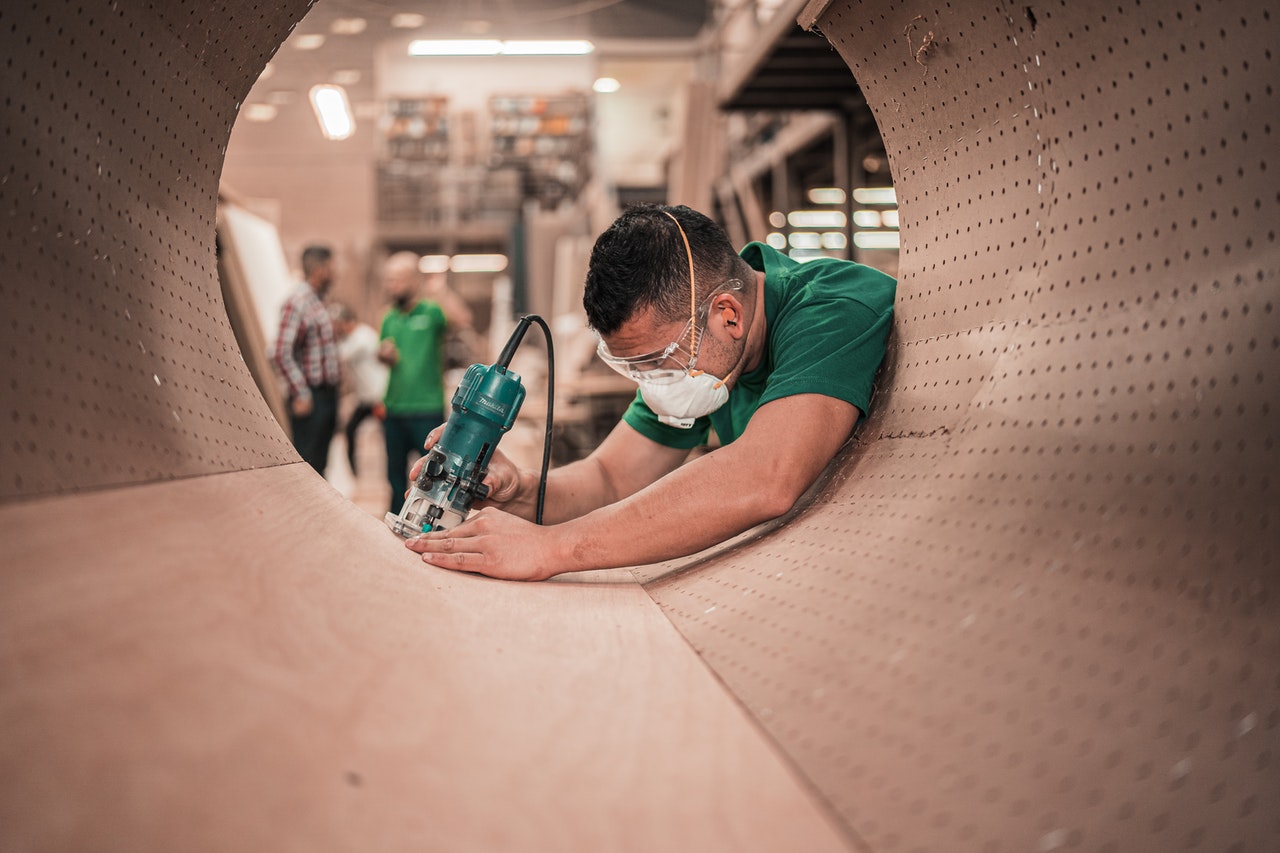Advancements in technology are quickly changing the landscape of virtually every industry, especially that of manufacturing. We now have technology like additive manufacturing, computerized maintenance systems, digital twins, automation integration, and artificial intelligence which has given rise to face recognition dataset/s as well as other advancements, all making the manufacturing process easier, if used correctly.
The Industrial Internet of Things (IIoT) is one area that is having a tremendous impact on manufacturers. With IoT technology, devices and machinery can “talk” to each other in real-time. For example, if a problem arises with a piece of equipment, other devices on the network are informed so that any necessary adjustments can be made immediately. This could mean decreased downtime, less waste, and lower costs while keeping overall quality and output high. However, in order for the entire endeavor to be successful, IoT devices would require a strong and constant signal from the data centers, as even a slight second of delay in the decision-making could have its own consequences. This can be difficult considering the rising number of IoT devices being used as compared to main data storage systems. Although, with the help of local data servers that can act as data centers for the devices in its vicinity, latency and any other kind of delay with respect to decision making can be prevented (learn more on Vantiq or similar websites).
IoT goes hand-in-hand with artificial intelligence. Artificial intelligence, or AI, is being used in a variety of ways, including detecting whether employees are wearing appropriate personal protective equipment (PPE) as well as for predictive maintenance. Predictive maintenance is a proactive approach. It takes a more real-time, data-driven approach to identifying the potential for issues very early on. Predictive maintenance with the help of AI, takes measurements from machine operations as they are occurring and uses this data to raise red flags when indications of a problem are noted. Unplanned downtime and reactive maintenance are productivity destroyers for your facility, yet almost all maintenance is, by necessity, reactive. Predictive maintenance practices, however, can change that situation, making it even easier for you to be proactive and to make more informed decisions about what inventory to keep on hand. Data sensors and monitors can help you understand which equipment is more likely to need maintenance or replacement parts in the nearer future, making ordering decisions less of a guessing game and more of a data-backed methodology.
Other technological advances include robots that perform assembly and material handling as well as dangerous or repetitive tasks; remote performance monitoring sensors; and computerized maintenance managements systems, which help reduce the need for on-site personnel. The accompanying resource describes some of the innovative ways that the manufacturing industry is relying on these advances.


